
Stepping outside the gym and working out at home can be a reinvigorating way to shake up your fitness routine. It can also be an easy solution for those struggling to find the time to get outside the house for their daily dose of exercise.
For an effective at-home workout, all you need are some free weights, a couple of resistance bands, a medicine/stability ball, and you’re set! Here are my top three moves for an amazing at-home workout:
1. Tricep Dips Utilizing Coffee Table
Your tricep muscle is the muscle on the back of your arm closest to your shoulder. You can assist your tricep dips by putting more pressure on your feet, therefore decreasing the weight bearing on your arms.
Start with your hands shoulder width apart, while sitting on the edge of the coffee table. Your legs should be bent at 90 degree angles. Slide off the table, keeping your back against the table as you lower yourself down and push your way back up. Complete three sets of 12-15 reps.
This video by LIVESTRONG show how to perform proper tricep dips.
2. Band Pull Aparts
Resistance bands are an easy and cost-effective way to spice up your workout. They are also easy to store, allow you to do a full body workout, and are easy to travel with.
Start in a standing position, legs shoulder width apart, knees slightly bent. Grasp the resistance band a little wider than shoulder width and raise your arms till they are in line with your body. You’ll feel resistance as you pull the band apart. Practice 3 sets of 12 – 15 reps.
To make this exercise harder, hold the band less than shoulder width apart or double up on bands.
3. Chest Press on Stability Ball
This exercise uses a stability ball and two dumbbells. A stability ball is a great addition to your workout, as your core and legs will need to work harder to maintain your balance.
Sitting on the stability ball, holding two dumbbells. Slowly walk your way out until you are lying on the stability ball, with your upper/mid back resting comfortably. Ensure your neck is being supported on the ball as well. Keep your glutes contracted and your body as straight as possible as you push the dumbbells up and above your chest into a press. Slowly, bring your arms back to the starting point, and then repeat. Go through 3 sets of 8–12 reps.
This video by Jillian Michaels demonstrates how to perform this exercise properly.


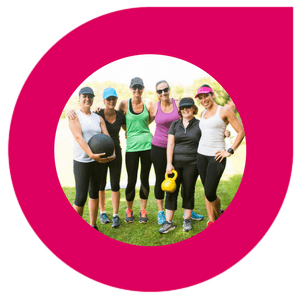 Problems with the BMI
Problems with the BMI Alternative to the BMI
Alternative to the BMI If you’re looking for a fun way to boost your cardio and get your heart beating, look no further than jump roping! This exercise, known as play in our childhood, is wildly overlooked as an amazing form of fitness. And, adding jump rope into your fitness routine will cost you less than $20!
If you’re looking for a fun way to boost your cardio and get your heart beating, look no further than jump roping! This exercise, known as play in our childhood, is wildly overlooked as an amazing form of fitness. And, adding jump rope into your fitness routine will cost you less than $20!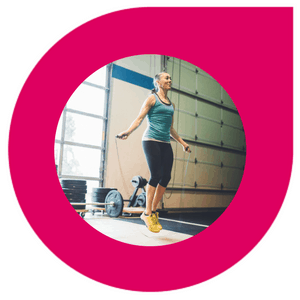 1. The “Normal” Way
1. The “Normal” Way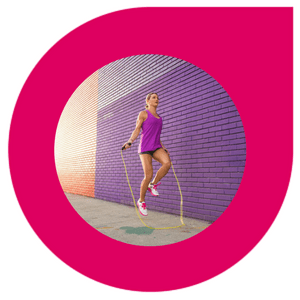 2. Jumping and Moving
2. Jumping and Moving
 1. Set Yourself a Goal
1. Set Yourself a Goal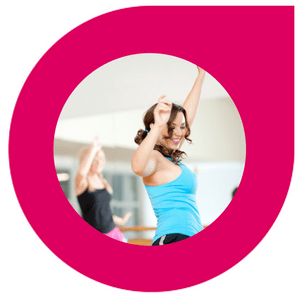 2.Try New Indoor Activites
2.Try New Indoor Activites 3. Track Your Progress
3. Track Your Progress
 1. Mind over Matter
1. Mind over Matter 3. Training Plan
3. Training Plan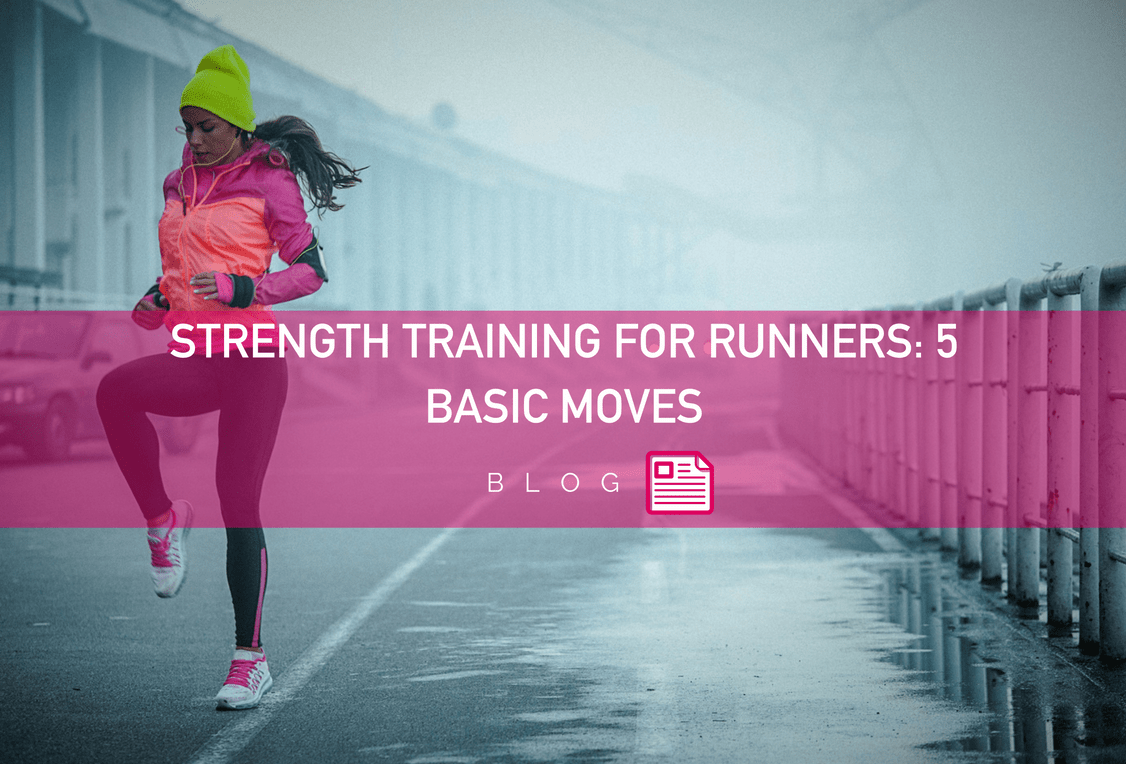
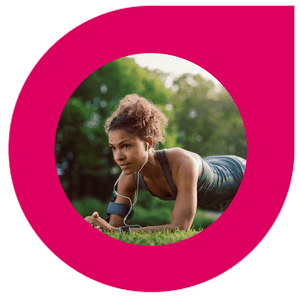 1. Planks
1. Planks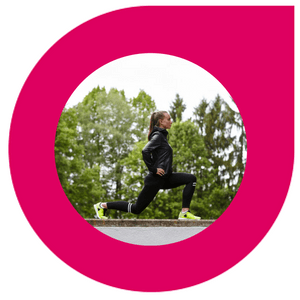 3. Lunges
3. Lunges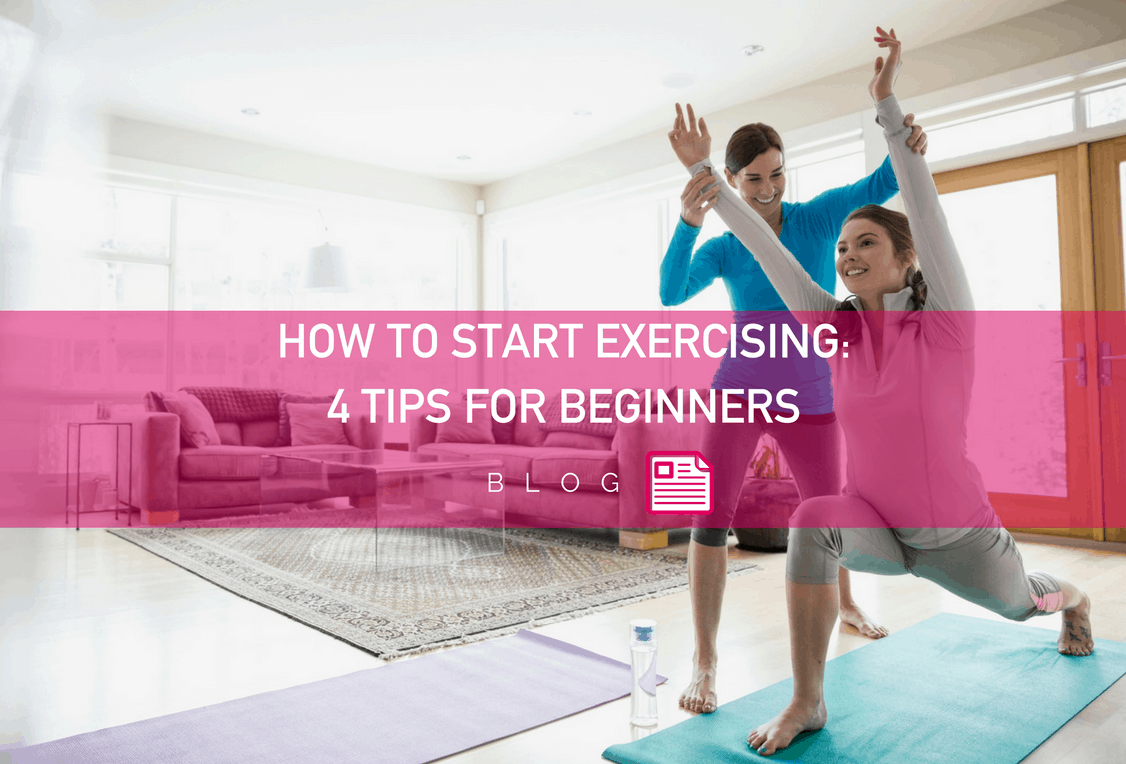
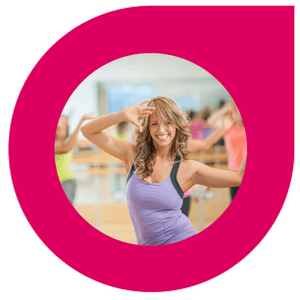 1. Research
1. Research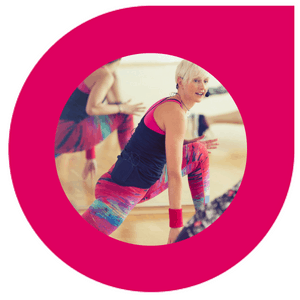 3. Nail the Warm-Up
3. Nail the Warm-Up During the sunny days of summer, a lot of people like to take their workouts outside. But with all that glorious sunshine also comes the heat, and the need to be extra cautious and smart about the way you exercise out of doors.
During the sunny days of summer, a lot of people like to take their workouts outside. But with all that glorious sunshine also comes the heat, and the need to be extra cautious and smart about the way you exercise out of doors. Are you ready to conquer your workout? What about your recovery? To make the most of your exercise regime, you need to eat the right foods. This means eating pre-workout foods that support long-lasting energy and hydration, and post-workout foods that support muscle recovery and replenish energy stores.
Are you ready to conquer your workout? What about your recovery? To make the most of your exercise regime, you need to eat the right foods. This means eating pre-workout foods that support long-lasting energy and hydration, and post-workout foods that support muscle recovery and replenish energy stores. Pre-Exercise Foods
Pre-Exercise Foods